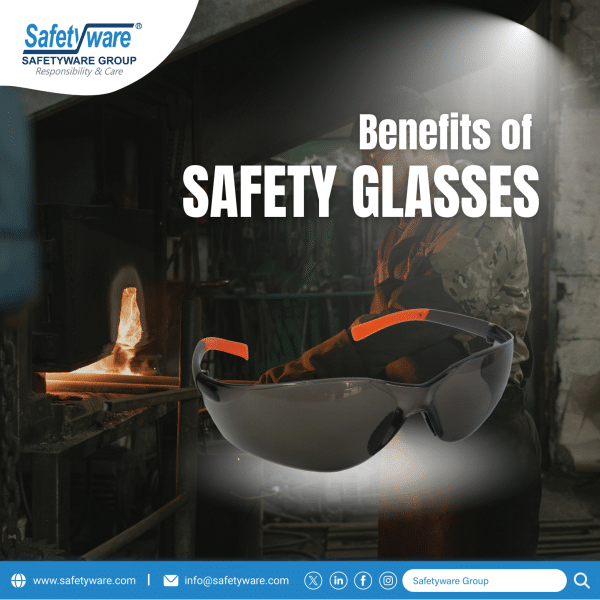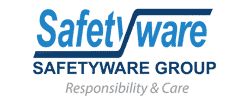very day, thousands of workers worldwide suffer preventable eye injuries—from chemical splashes and flying debris to UV radiation and digital eye strain. Yet, many still underestimate the importance of eye protection, viewing it as an inconvenience rather than a necessity. This blog post explores why prioritizing eye safety in the workplace is non-negotiable, the risks of neglect, and how choosing the right protective gear can save vision, reduce costs, and boost productivity.
1. The Stark Reality of Workplace Eye Injuries
- Statistics: Over 2,000 eye injuries occur daily in the U.S. alone, with 90% preventable using proper PPE (OSHA).
- Common Hazards:
- Impact: Flying particles (metal, wood, concrete).
- Chemical Exposure: Splashes from acids, solvents, or cleaning agents.
- Radiation: Welding arcs, lasers, or UV light.
- Strain: Prolonged screen use causing digital eye fatigue.
- Long-Term Consequences: Permanent vision loss, corneal burns, cataracts, or chronic dry eye syndrome.
2. The High Cost of Ignoring Eye Safety

- Human Toll: Eye injuries often lead to temporary or permanent disability, affecting quality of life and mental health.
- Financial Impact:
- Medical bills, workers’ compensation, and lost productivity cost businesses $300 million annually (NSC).
- Non-compliance fines (e.g., OSHA penalties up to $15,625 per violation).
- Reputational Risk: Companies with poor safety records struggle to attract talent and retain trust.
3. Types of Eye Protection and Their Applications
| Protection Type | Key Features | Best For |
|---|---|---|
| Safety Glasses | Side shields, anti-fog/scratch coatings | Construction, lab work, machining |
| Goggles | Tight seal, chemical/impact resistance | Chemical handling, woodworking |
| Face Shields | Full-face coverage, often paired with goggles | Welding, grinding, medical procedures |
| Welding Helmets | Auto-darkening lenses, UV/IR filtration | Metal fabrication, arc welding |
| Blue Light Glasses | Anti-glare filters, digital strain relief | Office workers, IT professionals |
4. How to Choose the Right Eye Protection
- Assess Risks: Identify hazards (e.g., liquid splashes vs. airborne particles).
- Check Standards: Ensure compliance with ANSI Z87.1 (U.S.) or EN166 (EU) certifications.
- Prioritize Comfort: Adjustable straps, lightweight frames, and ventilation reduce fatigue.
- Consider Visibility: Anti-fog, polarized, or tinted lenses for specific environments.
Safetyware’s Eye Protection Solutions: Innovation Meets Safety

Safetyware’s eyewear range combines cutting-edge design with rigorous safety standards:
- ShieldPro™ Safety Glasses: Anti-scratch, UV400 protection, and wraparound design for construction sites.
- ChemGuard™ Goggles: Double-layered seal and indirect venting for chemical labs.
- ArcVision™ Welding Helmets: Auto-darkening lenses (shade 8–13) with grind mode.
- ScreenRelief™ Blue Light Glasses: Reduce digital eye strain for office workers.
Why Safetyware?
✅ Certified Quality: Meets ANSI, EN, and OSHA requirements.
✅ Ergonomic Design: Lightweight frames with adjustable nose pads.
✅ Sustainability: Recyclable packaging and scratch-resistant coatings to extend product life.
5. Building a Culture of Eye Safety
- Training: Educate teams on proper PPE use and hazard identification.
- Routine Inspections: Replace scratched or damaged eyewear immediately.
- Lead by Example: Managers should model compliance to reinforce its importance.
Conclusion: Eyes Are Irreplaceable—Protect Them
Eye injuries are preventable, but only if organizations and workers prioritize protection. Investing in high-quality eyewear isn’t just about compliance—it’s about valuing human capital and fostering a safer, more productive workplace. Whether you’re shielding against sparks in a workshop or glare in an office, Safetyware’s solutions ensure “Innovation in Every Lens, Safety in Every Glance.”
Stay focused, stay safe. 👁️🛡️
Any Questions? Contact Us:
📩 Email: [email protected]
🌐 Website: www.safetyware.com
📞 Contact us: WhatsApp
